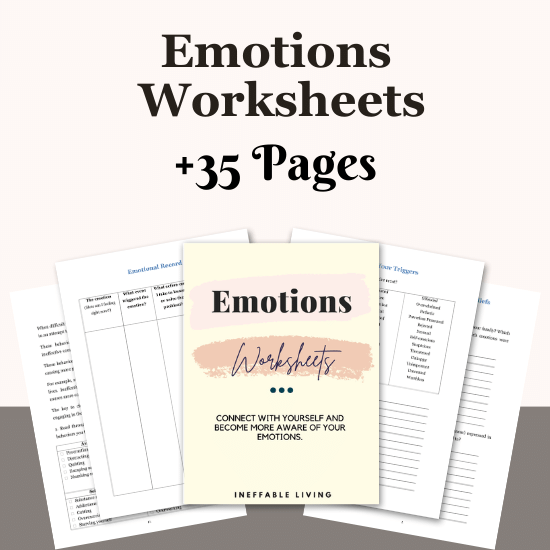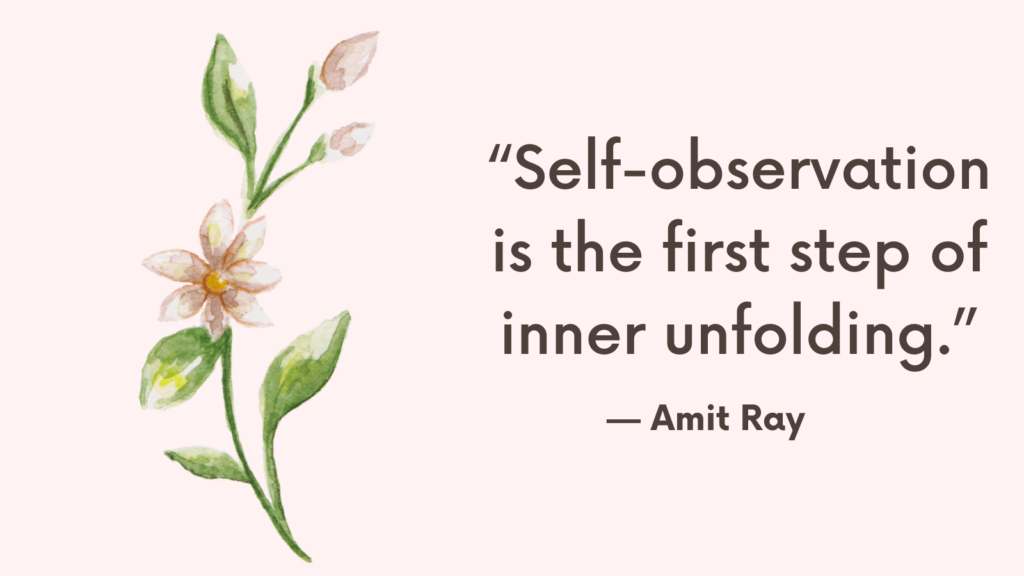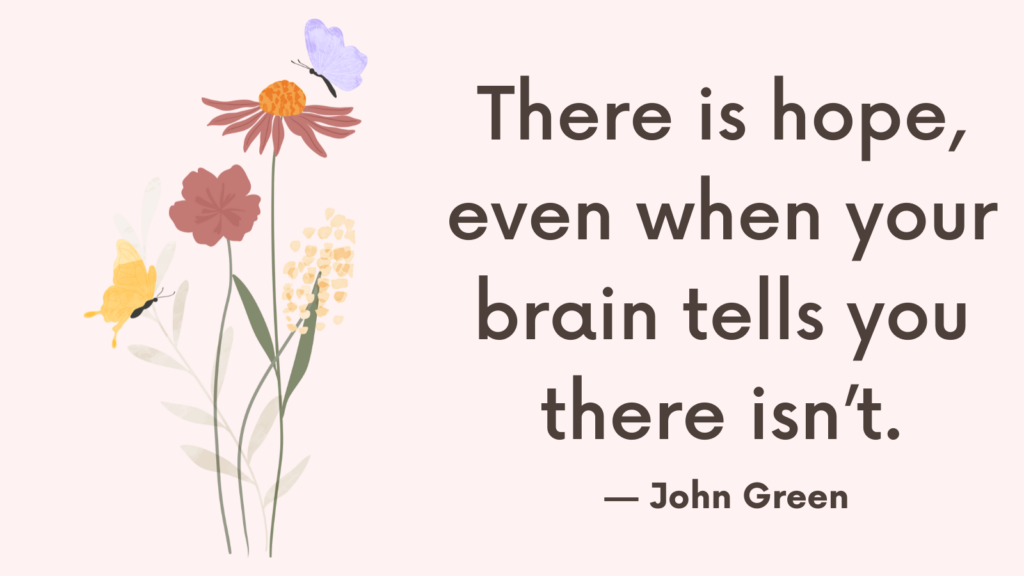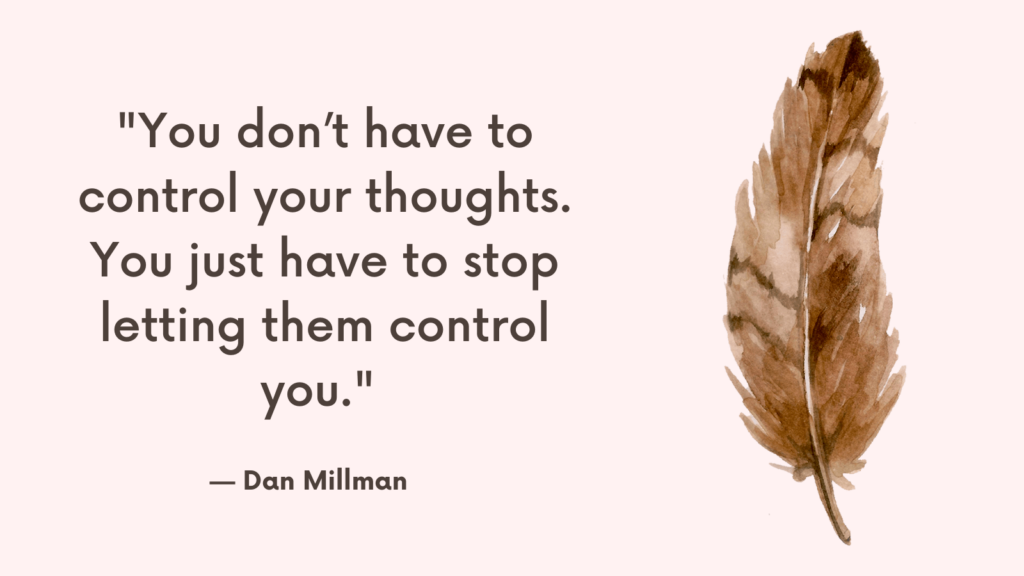Emotions are a complex yet integral part of human experience.
Understanding them can significantly improve our mental health and overall well-being.
The distinction between primary and secondary emotions is essential in this process.
Primary emotions are our instinctual, initial responses to situations, while secondary emotions are reactions to our primary emotions.
This blog post delves into these concepts, exploring their differences, how they impact our lives, and practical ways to manage them for better emotional health.
Primary Emotions: Our Instinctual Reactions
Primary emotions are the initial, instinctive reactions we have to events.
These emotions are immediate and often raw, reflecting our natural responses to stimuli.
Examples of primary emotions include fear, sadness, happiness, and anger.
These emotions serve essential functions, such as protecting us from danger or helping us connect with others.
For instance, fear is a primary emotion that triggers a fight-or-flight response when we face potential threats.
This reaction is vital for survival, as it prepares our bodies to either confront the danger or escape it.
Similarly, happiness is a primary emotion that reinforces behaviors that promote well-being and social bonding.
Related: How To Feel Your Feelings? Top 9 Difficult Emotions To Cope With In Healthy Ways
Secondary Emotions: Reactions to Our Reactions
Secondary emotions, on the other hand, are more complex.
They arise as reactions to our primary emotions and are often influenced by our thoughts, beliefs, and past experiences.
These emotions can sometimes mask our primary emotions, making it harder to understand our true feelings.
For example, anger can be a secondary emotion that masks underlying primary emotions like fear or sadness.
A person might feel angry after receiving criticism, but the underlying primary emotion could be fear of inadequacy or sadness about not meeting expectations.
Secondary emotions often serve as a defense mechanism, protecting us from the vulnerability of primary emotions.
Related: Affective Responsibility: Examples and Ways to Cultivate It
The Role of Cognitive Distortions and Worldviews
Cognitive distortions and unhelpful worldviews can contribute to the development of secondary emotions.
Cognitive distortions are irrational thought patterns that can exacerbate negative feelings.
For instance, all-or-nothing thinking can lead to feelings of failure and despair when we don’t meet our own high standards.
Unhelpful worldviews, such as believing that we must always be strong and never show vulnerability, can also lead to secondary emotions.
These beliefs can make it difficult to acknowledge and process primary emotions like fear or sadness, leading to the development of secondary emotions like anger or shame.
Related: Why Do I Cry When I Talk About My Feelings? Top 4 Reasons
Managing Primary and Secondary Emotions
Understanding and managing our emotions requires us to distinguish between primary and secondary emotions. Here are some steps to help navigate this process:
1. Identify the Primary Emotion:
Start by acknowledging the initial, instinctive emotion you feel in response to a situation.
This requires honesty and self-awareness.
Ask yourself, “What am I truly feeling right now?”
2. Explore the Secondary Emotion:
Notice if there is a secondary emotion masking the primary one.
Secondary emotions often feel more intense and defensive.
For instance, if you’re feeling angry, ask yourself, “Am I covering up another emotion, like fear or sadness?”
3. Validate Your Emotions:
Both primary and secondary emotions are valid. It’s essential to acknowledge them without judgment.
Recognize that it’s okay to feel a range of emotions, even those that are uncomfortable.
Related: How To Be Less Emotionally Reactive?
4. Reflect on Cognitive Distortions:
Examine your thoughts and beliefs that might be contributing to your secondary emotions.
Challenge any irrational thoughts and try to adopt a more balanced perspective.
5. Develop Emotional Literacy:
Improving your emotional vocabulary can help you better identify and express your feelings.
Practice naming your emotions accurately and specifically.
Related: Dysregulated Nervous System: Top 9 Signs & How to Heal
6. Practice Mindfulness:
Mindfulness techniques, such as deep breathing and meditation, can help you stay present and connected to your primary emotions.
This practice allows you to experience your emotions without immediately reacting to them.
The Impact of Secondary Emotions on Relationships and Well-being
Secondary emotions can significantly impact our relationships and overall well-being.
When we react based on secondary emotions, we might behave in ways that damage our connections with others and exacerbate our stress and anxiety.
For example, reacting with anger (a secondary emotion) in a conflict can lead to arguments and hurt feelings, while acknowledging the underlying fear or sadness (primary emotions) can foster empathy and understanding.
Similarly, feeling shame about our vulnerabilities can lead to isolation and depression, whereas embracing our primary emotions can lead to stronger, more authentic relationships.
Related: The Big List of Emotions

Conclusion
Understanding the difference between primary and secondary emotions is crucial for emotional well-being.
By identifying and processing our primary emotions, we can reduce the intensity and frequency of secondary emotions, leading to healthier relationships and a more fulfilling life.
Practicing mindfulness, reflecting on cognitive distortions, and seeking professional help when needed are essential steps in this journey.
Remember, vulnerability is a strength, and being willing to feel and explore our primary emotions opens the door to personal growth and emotional resilience.
By embracing this approach, we can navigate our emotional landscapes more effectively, leading to a more balanced and satisfying life.



